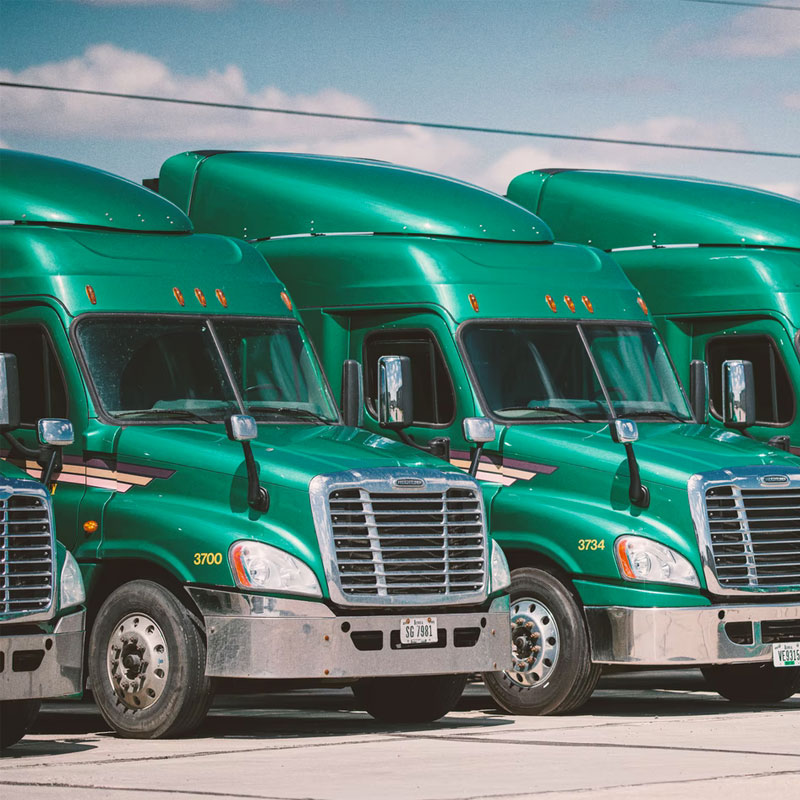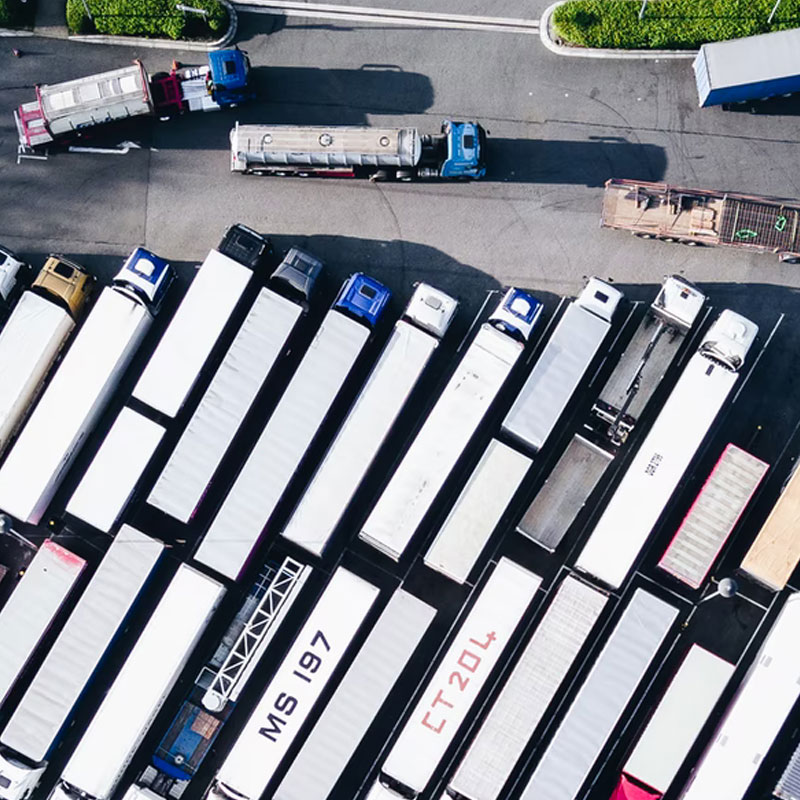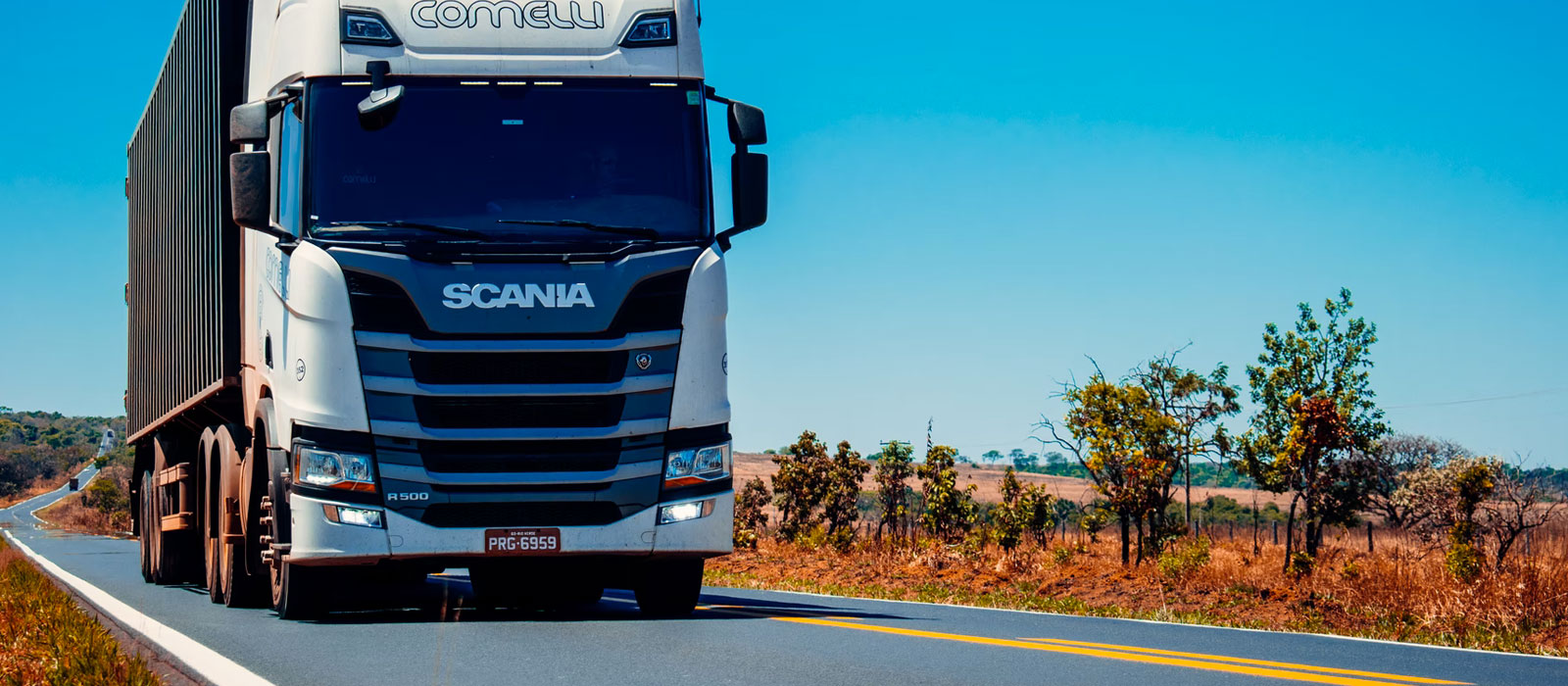Data aggregation (the process of gathering and summarizing large amounts of data) is making great strides in the trucking industry. Specifically, fleet management stands to benefit from the data and information that IIoT provides to fleet managers and supply chain leaders.
The Evolution of Industrial IoT in Transportation
When IoT in trucking originally started out, it was much more restricted than today. We would place local sensors on trucks and other assets. These sensors picked up data, such as:
Speed
Fuel consumption
Odometer readers
While these data points may sound like the factors we still measure today, there is one big difference. We’d have to periodically manually download and process the data, in order to get any actionable insights. It wasn’t very agile, convenient, or quick. But a lot has changed in the last few decades.
Smart Fleet Management Leads to Efficiency
Nowadays, with modern industrial IoT for the transportation industry, we outfit fleet trucks with computers, antennas, and more sophisticated sensors. These devices wirelessly send data to a central location where people can see the data in real-time. Asset management software processes the data within an IoT platform, which provides key analytics to management. We’re able to manage and monitor lots of things, like:
- Driver performance
- Speed optimization
- Fuel efficiency
- Route planning
- Idling times
The ultimate goal in smart transportation using IoT is overall efficiency and savings from decreased expenses. Not only can analytics be fed into smart algorithms to optimize routes, but they can be used to compute truck loading information and synchronize with cargo and other logistics data, giving the supply chain a boost in efficiency.
What can we do with all this data?
The sky’s the limit. We’re able to monitor driving speeds, maintain transportation schedules, reduce engine idle time, reduce fleet downtime, optimize fleet routes, enable predictive vehicle maintenance, and improve fuel efficiency.
What does this look like in practice?
A while back, the Wall Street Journal reported on Saia LTL Freight using an IoT configuration to monitor fuel consumption. They improved fuel efficiency by 6% and saved around $15 million in their first year of IoT operation.

Enhanced Communication Between Drivers and Managers
The use of IIoT solutions in transportation allows drivers to connect to a customized app on their phones or mobile devices and log specific data while on the road. Geographic location, cargo information, and license and permitting information can all be entered into the app and transmitted wirelessly to the central processing location. This allows fleet managers to be more efficient and better manage the day-to-day of their operations!
Industrial IoT has been suggested to not only link the supply chain together but also help retain drivers, which is a continuous challenge in the trucking industry. IoT helps drivers with the burden and drudgery of all the paperwork required to do their jobs. When drivers don’t have to be stationary doing paperwork, they have more time to deliver their shipments on the road.
Asset Management and Optimization
Gathering large volumes of data as we do through IoT enables cognitive computing. This is the simulation of human thought processes through the power of computer processing. Remember when an IBM computer won Jeopardy in 2011? That was this same type of computing. Now it’s been a decade, and you can imagine how data mining, natural language processing, and other complex computing technologies are driving actual predictive analytics in the logistics and supply chain industries today.
For the trucking industry, there is no limit to the possibilities such analytics can provide. And now smart transportation using IoT is easier than ever.
Asset Management Technologies
IBM Maximo software can easily process the data that sensors retrieve. It’s one of the most effective enterprise asset management (EAM) software solutions out there. With the resulting insights, organizations can actually engineer how they would like to manage their fleet assets. When combined with IoT technology like the IBM Watson IoT Platform, industries can do even more. Transportation companies can create applications to use for fleet operations, as well as maintenance, hazardous material transport, hazardous waste disposal, and more.


Great Things to Come for IIoT in the Transportation Industry
Overall, the internet of things has made great strides for the trucking industry. In reality, IoT in transportation has also helped the entire logistics industry. Cognitive analytics made possible by IoT, optimization software, and asset management software work together to produce remarkable results. We’re not just talking about the future, either. Industrial IoT solutions for transportation are improving the industry right now.
And, as always, remember that industrial IoT is predicted to reach $263.4 billion by 2027. It’s a force to be reckoned with, whether you’re in transportation, supply chain, or any industrial business.
